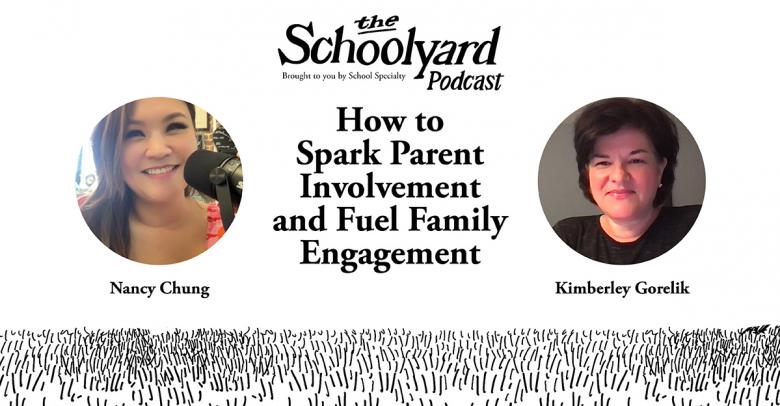I recently wrote a blog article about how to use the game Memory as a learning tool. That article was born from a list of “go-to” learning games I have compiled from many years as an educator. Not only have these games been used in the classroom with students, but they are also activities I did with my own children at home and with individual students I have tutored.
These games are all simple to learn, easy to create, chock-full of educational value, and enjoyable for young learners.
1. Tic Tac Toe
The well-known game of Tic Tac Toe can be played in its true form or with some added twists. The teacher or parent can show a math problem or call out a spelling word. If the student completes the task, they add their X or O to the game board. A wrong answer could mean a missed turn, jeopardizing a win.
2. Going on a Hunt
This activity simply involves hunting for existing items or hidden items in an environment such as a classroom, a room at home, or even outdoors. Students can hunt for shapes, numbers, letters, sight words… the possibilities are endless.
One quick tip is to record where you hide items. Recalling your amazing hiding places after the game is over isn’t always as easy as you think it will be!
3. Headbands
This is a spin on the board game Hedbandz. First, someone holds a picture or word card in front of their forehead so they cannot see what’s on it. The other player gestures or gives verbal clues that assist the cardholder in guessing what’s on the card.
This game can be used to practice vocabulary words in English or a second language, identify characters from a story or famous people in history, and much more. It’s a game that can support a variety of academic areas.
4. What’s Missing?
We used to play this game at birthday parties. It can be used to build memory skills, vocabulary, recognition of objects, and more. Gather real objects that support the concept you are teaching, lay them on a table, the floor, or a tray, and cover them with a towel or a cloth to hide them from sight. Limit the number of items to 20 or less, depending on the child’s age. Uncover the items, give the learner a few seconds to scan the array, and then cover them back up.
While the child closes their eyes, remove one of the items and hide it from view. Then, reveal the items and see if the student can guess which item is no longer present. Each turn will get easier as the child becomes more familiar with the items and their locations, so add some challenges by removing two items at once or rearranging the items between turns.
5. Ball Toss
This activity is great for generating vocabulary or lists within a category. Simply toss or bounce a ball back and forth, and each time someone catches the ball, they must name something in the chosen category.
For example, maybe you are building a bank of adjectives for a writing assignment. Pick a word like “big” and toss the ball back and forth, naming as many synonyms for big as possible. In addition to synonyms, you could list antonyms or parts of speech. You could create sentences by having each person add a word to the sentence as they catch the ball. You could name states, countries, continents, and oceans to support geography skills. Phonological awareness development could be practiced by tossing the ball for each syllable in a given word or producing rhyming words.
Another idea would support science concepts by listing living and nonliving things, healthy and unhealthy foods, categories of animals or plants, and so on.
6. Charades
Everyone enjoys a good game of charades where they physically act out chosen vocabulary words. You could act out terms from science, social studies, math, or language arts. Students will learn kinesthetically as movement becomes part of the learning.
7. Bingo or Lotto
A tried and true learning game, Bingo or Lotto, is an entertaining way to practice many skills: alphabet letters and sounds, numeral recognition, shapes and colors, and more. You can purchase Bingo cards or create your own.
8. Zingo!
Zingo! is a fun word builder game that helps children practice reading and spelling. Players form three-letter words in a fast-paced, interactive environment by combining appropriate letters. Much like Bingo, the objective is to fill the card, but doing so requires sliding the Zinger to reveal new letters and then placing those letters on the card to make words.
9. Sorting, Matching, Pairing
This “go-to” game offers lots of flexibility. Having learners pair up words and pictures, words and definitions, or pictures with pictures is a fun way to practice reading or matching. This is a version of Memory without turning the cards face down. Speaking of Memory…
10. Memory
We could use this small space and try to explain how great this game is for young learners, but instead, we will direct you to another blog article on the game to get all the detailed information you need!
So, there is no time for boredom or lack of learning. You now have ten games to keep learners engaged, develop skills and concepts, and have fun. Ready, set, “go-to” games!
Jennifer Fernandez
Jennifer has over 30 years of experience in education. She has degrees in Elementary Education, Spanish, and Bilingual Education and holds teaching licenses in Texas and Minnesota. She has taught PreK-2nd grade in general and bilingual settings, served as a professional learning specialist for seven years, and currently presents at state and national conferences.
Read more by Jennifer Fernandez–>







Leave a Reply